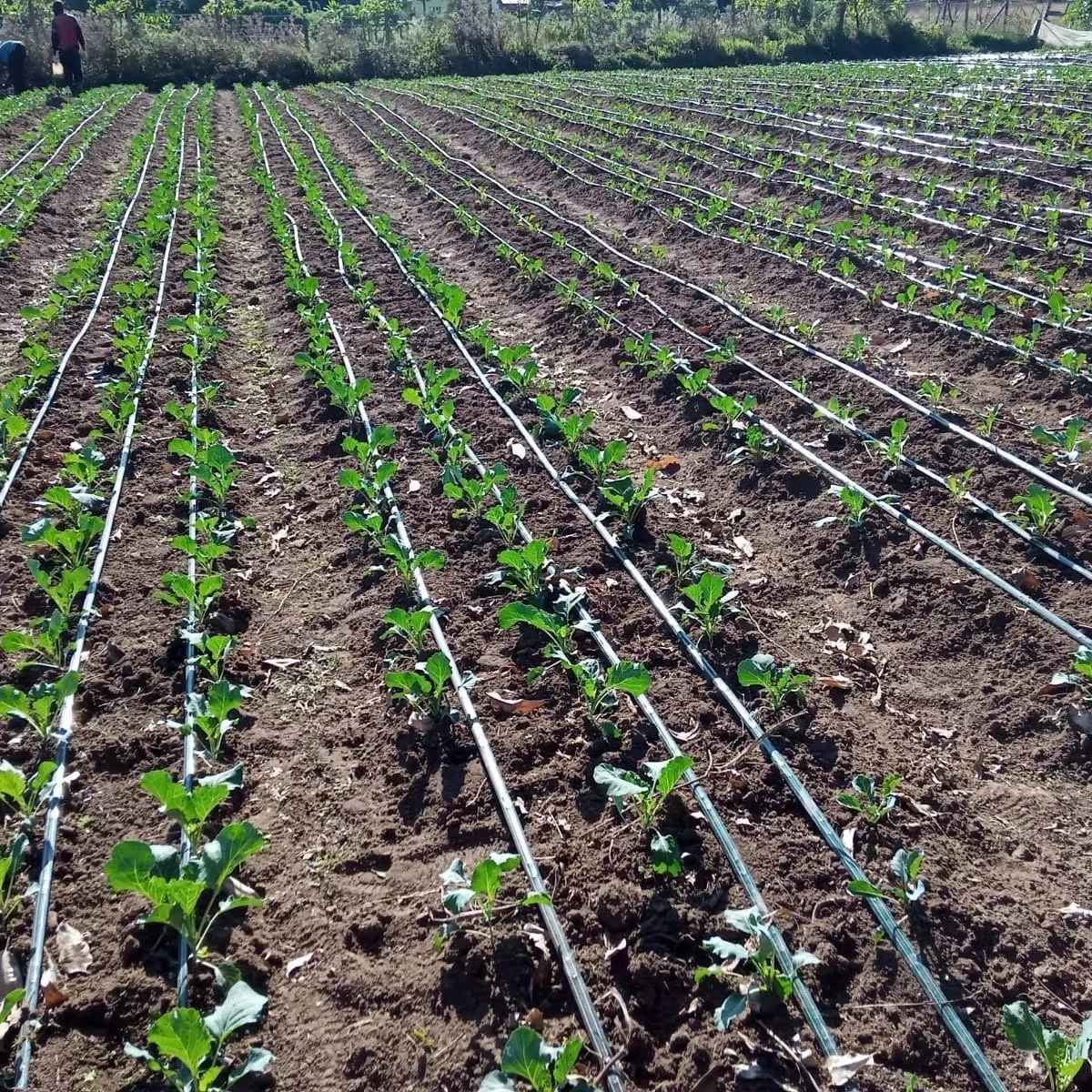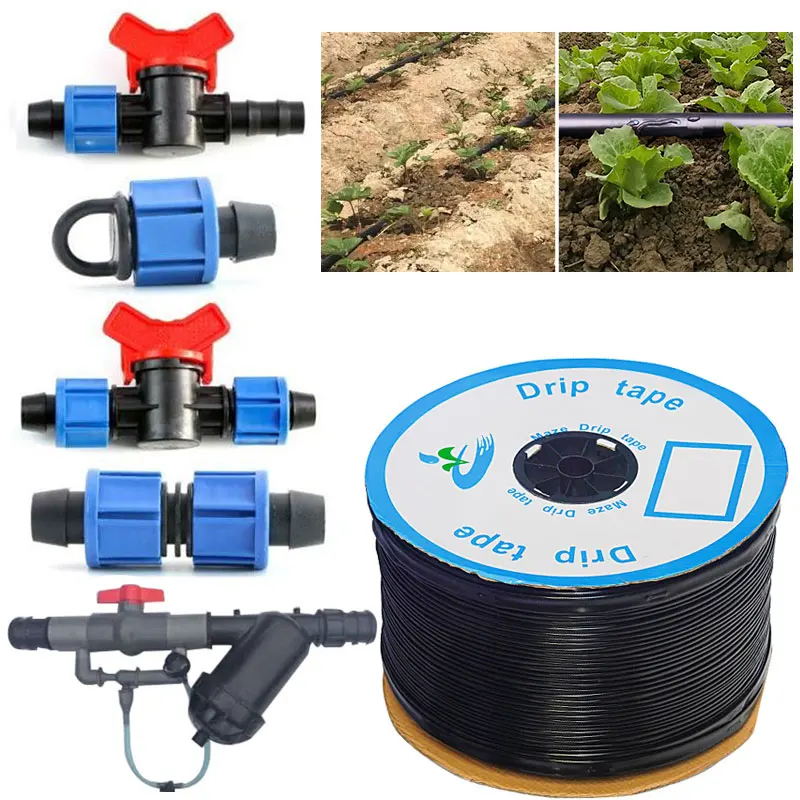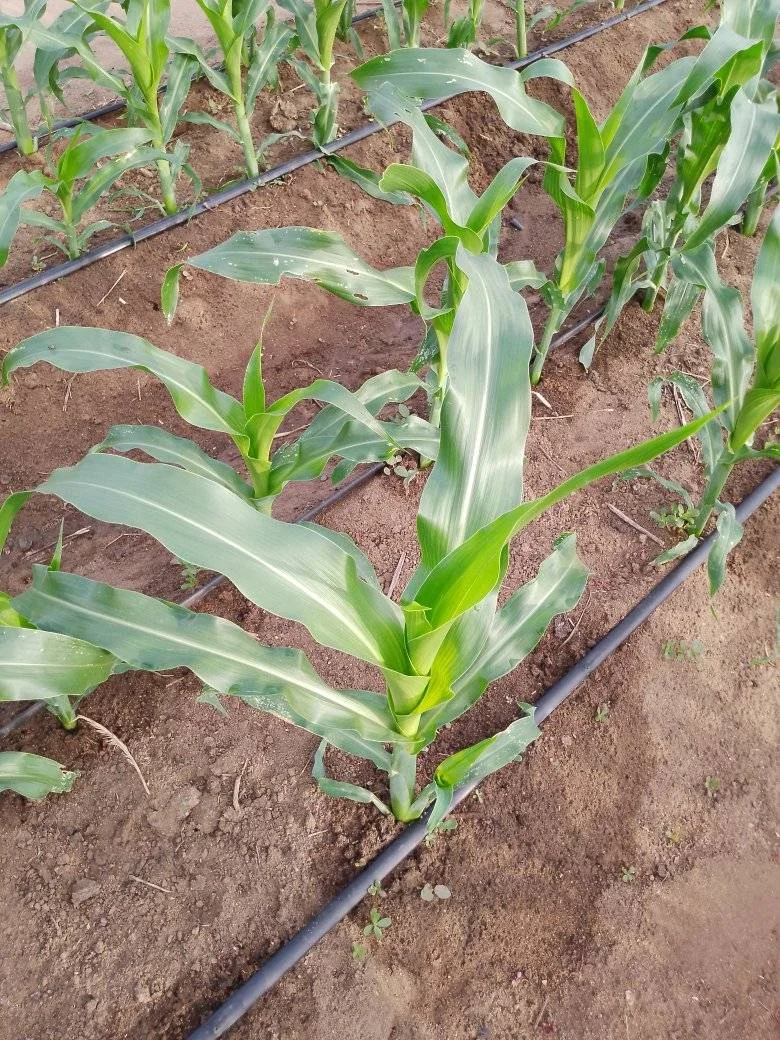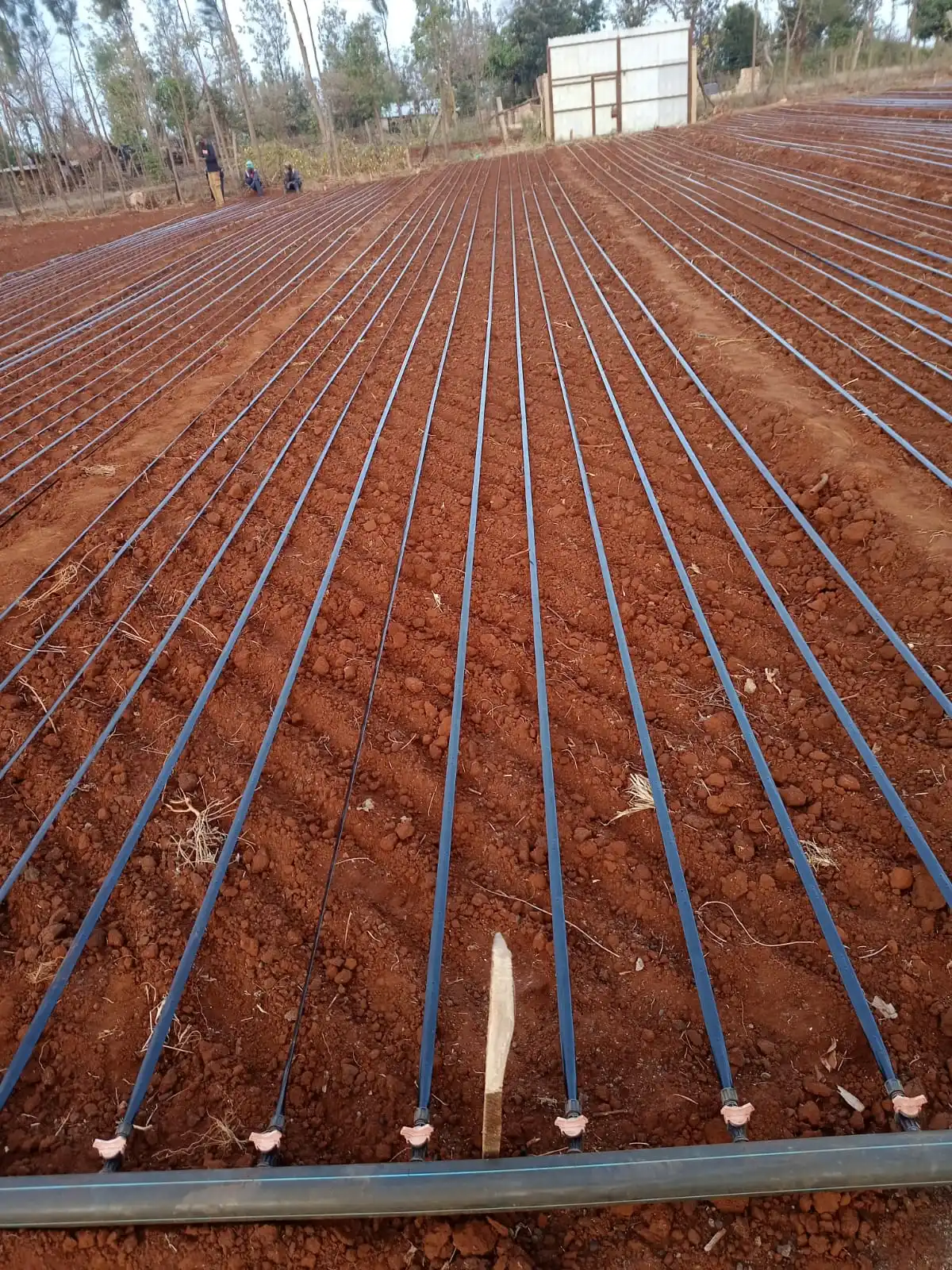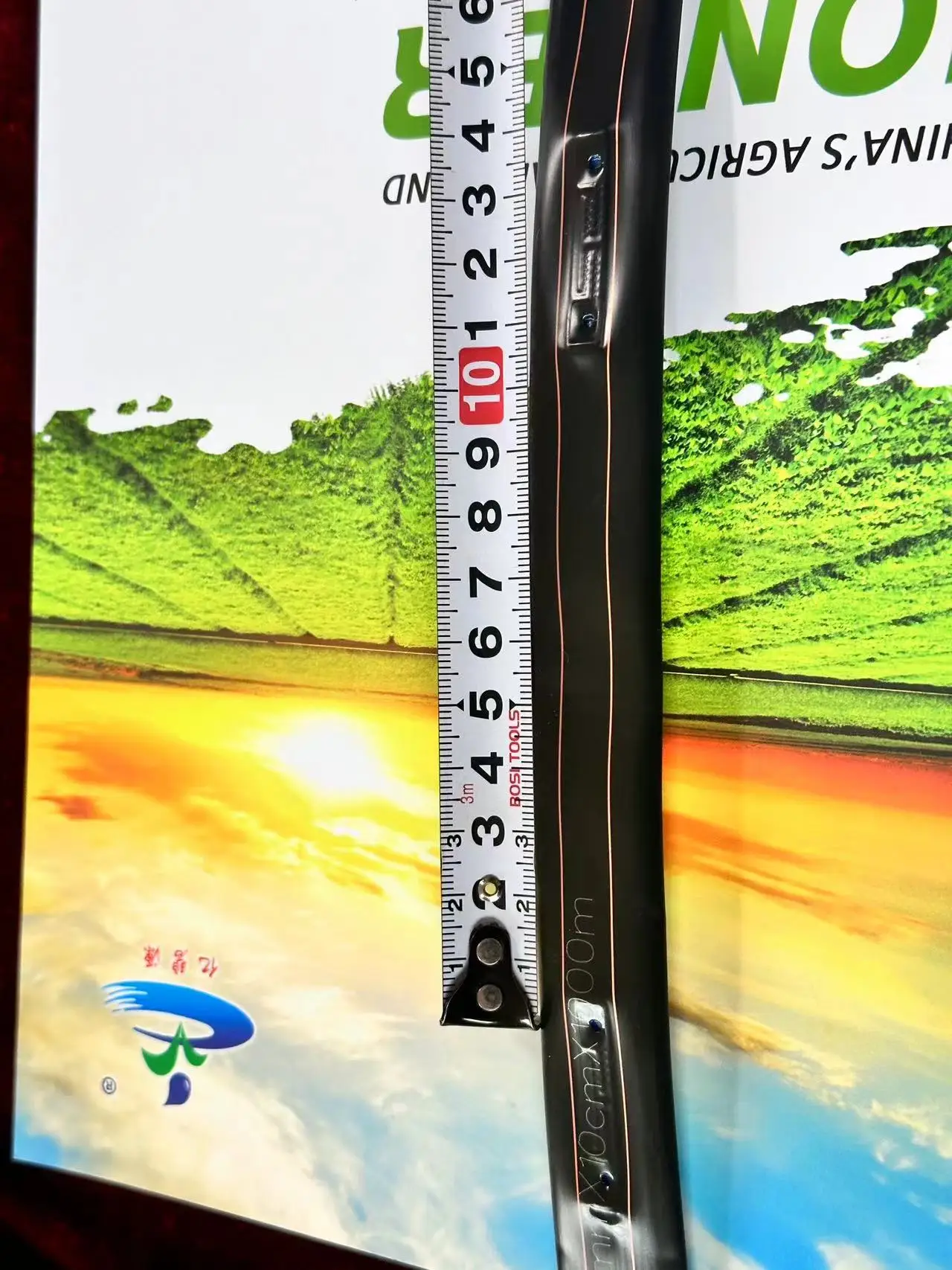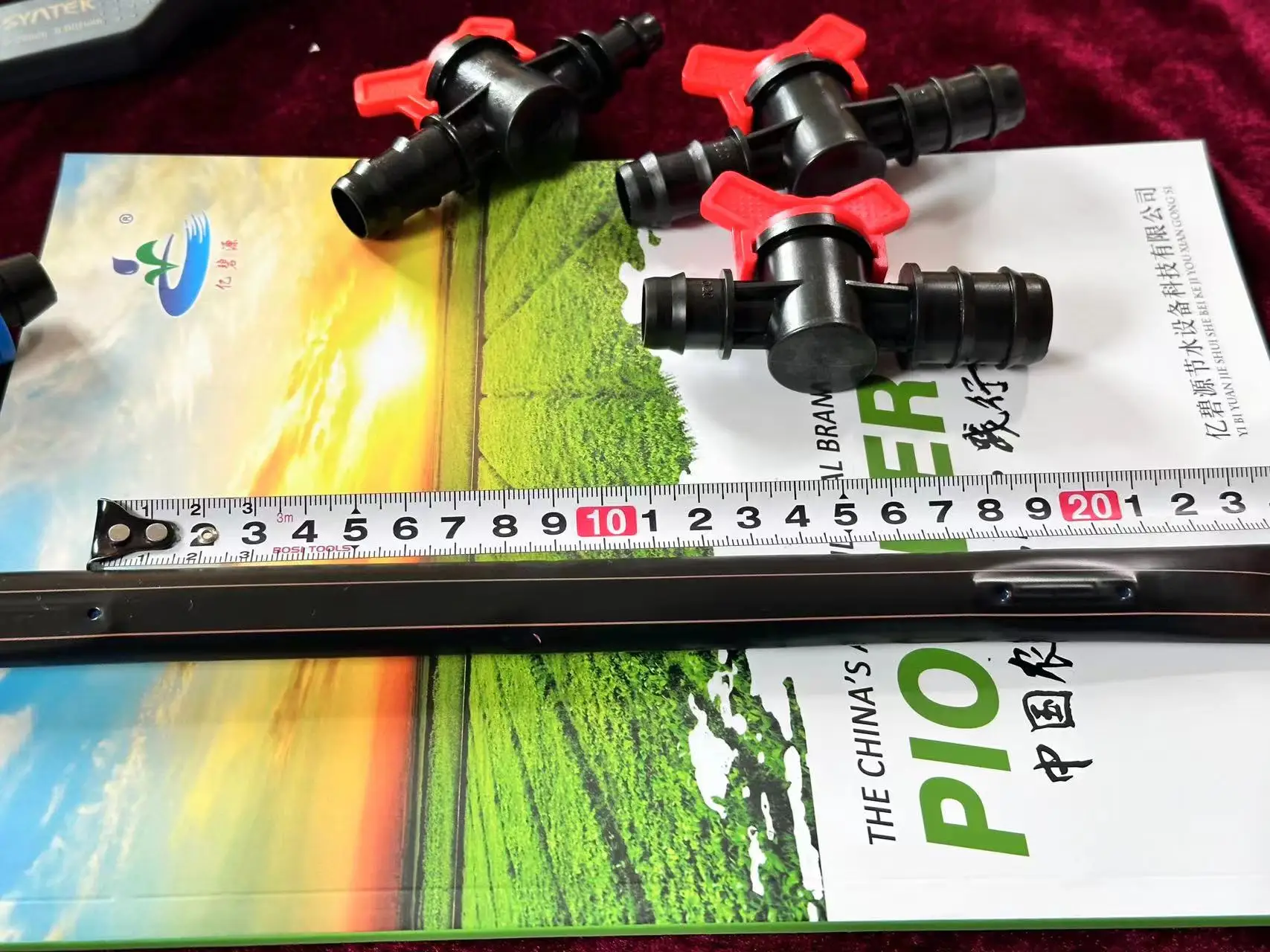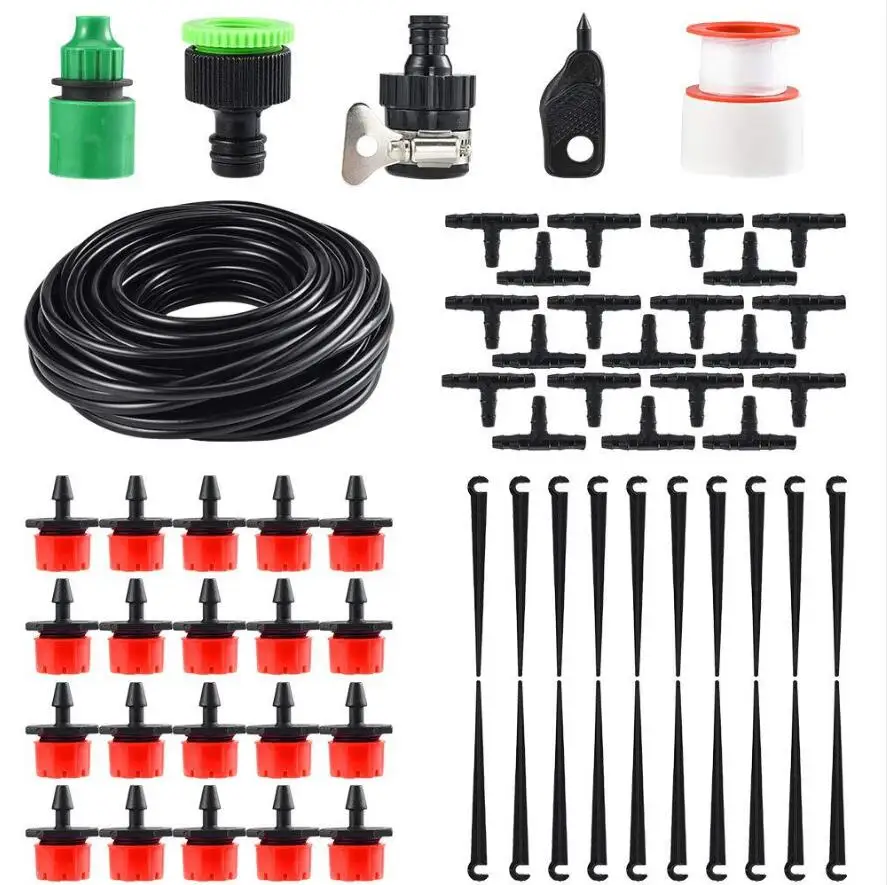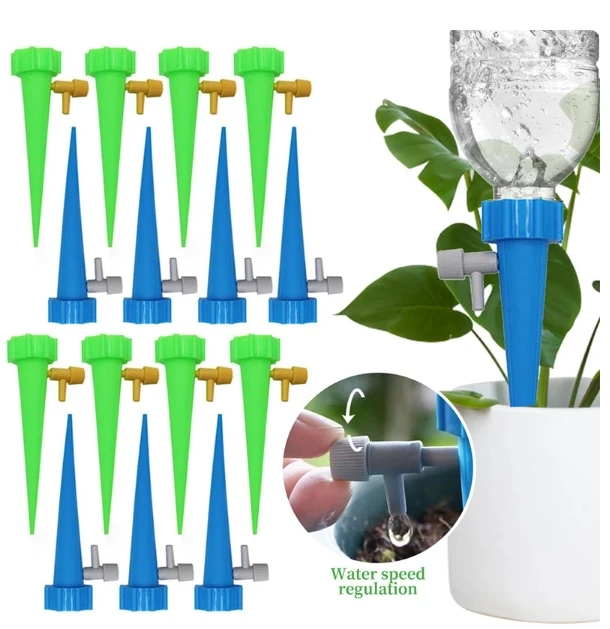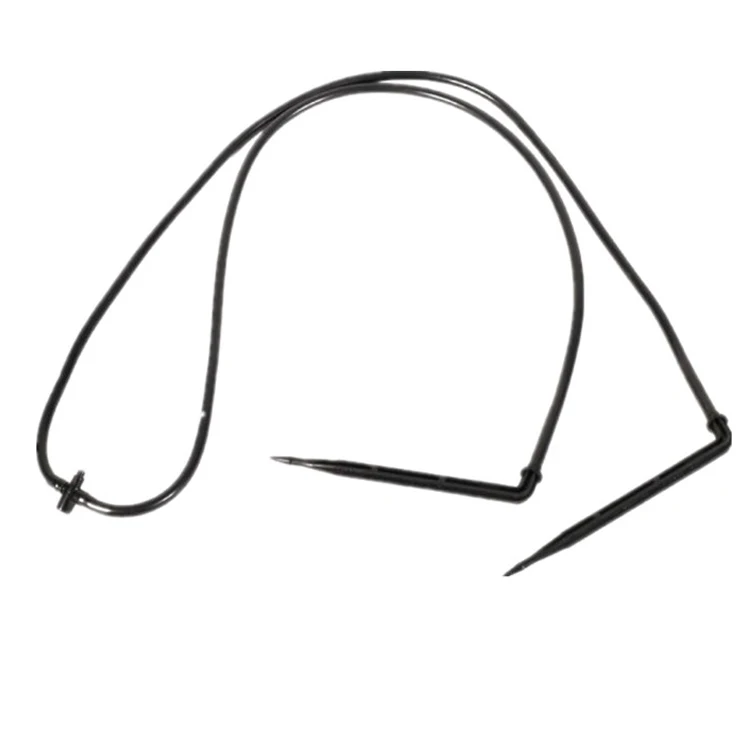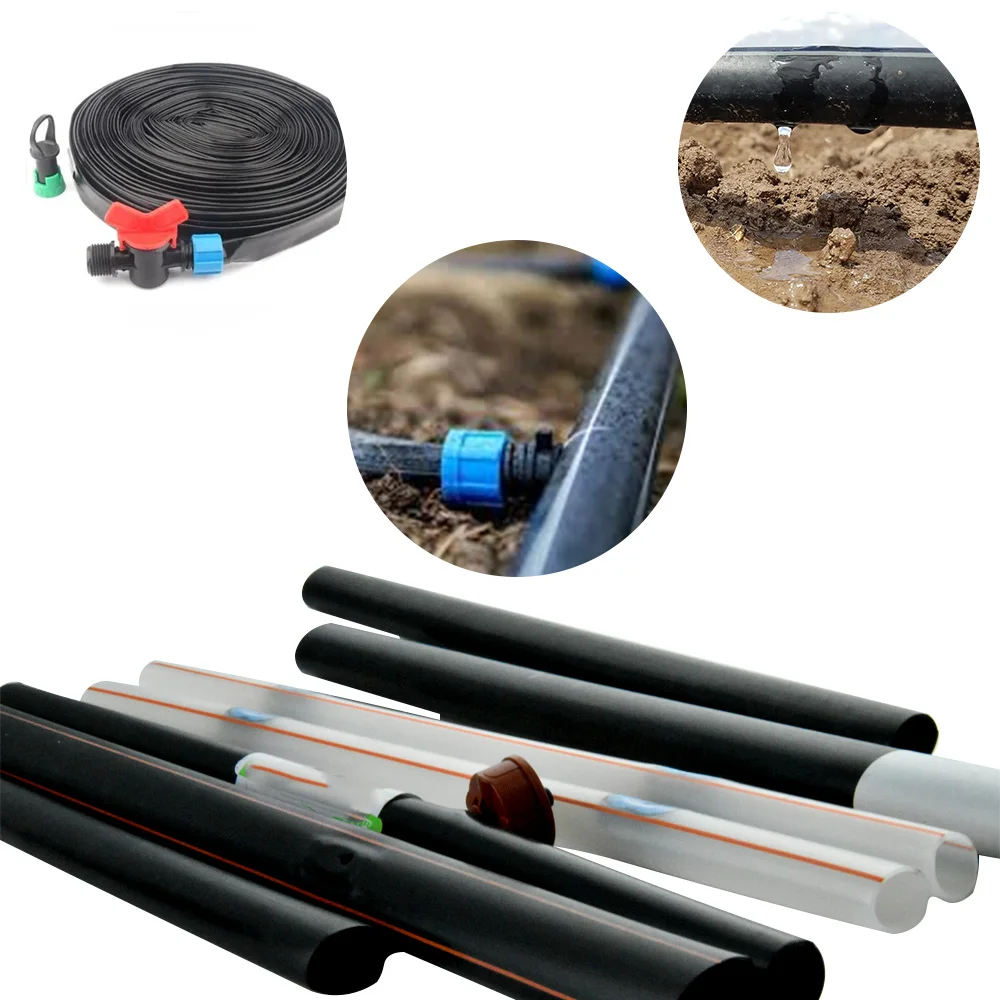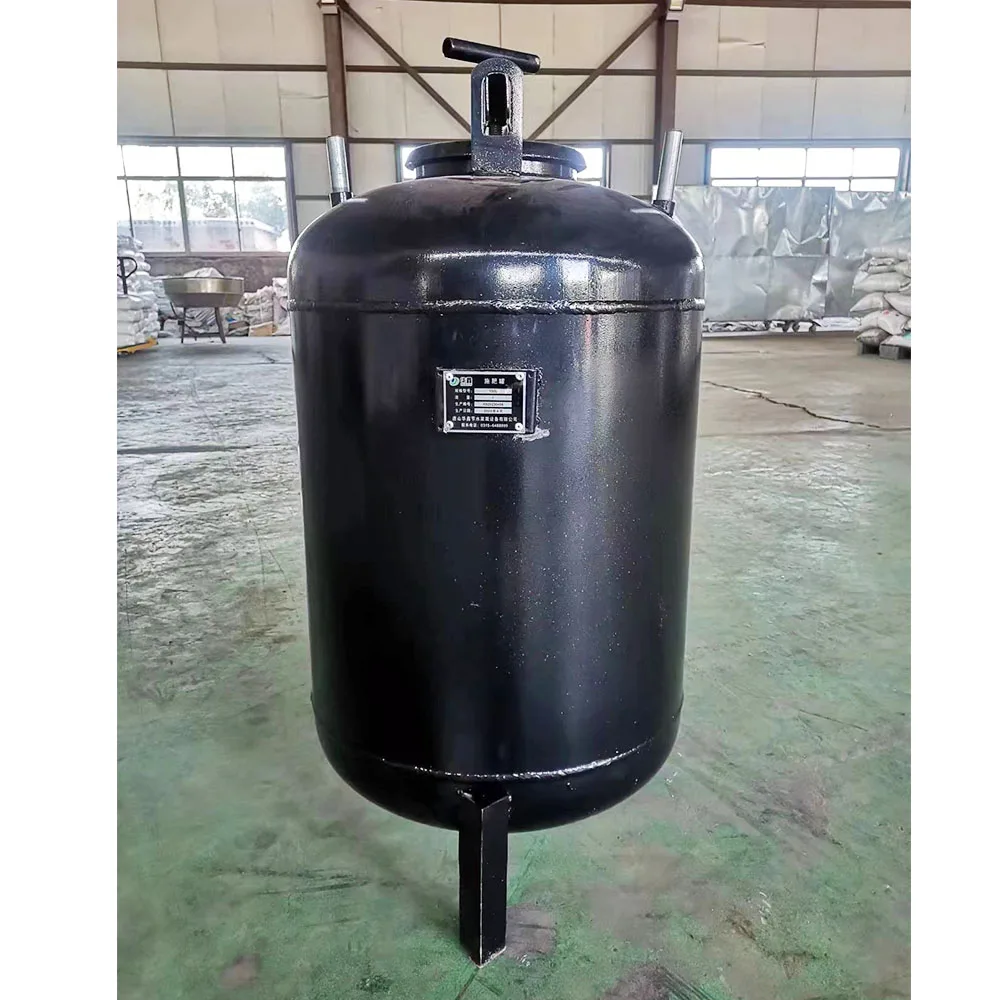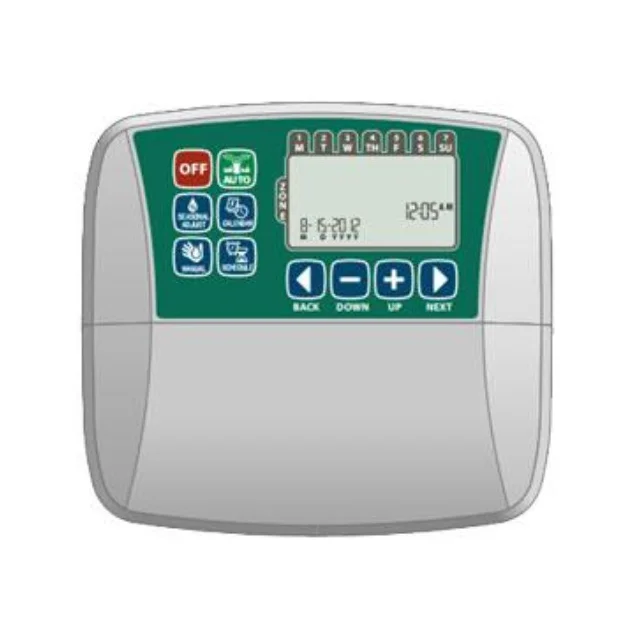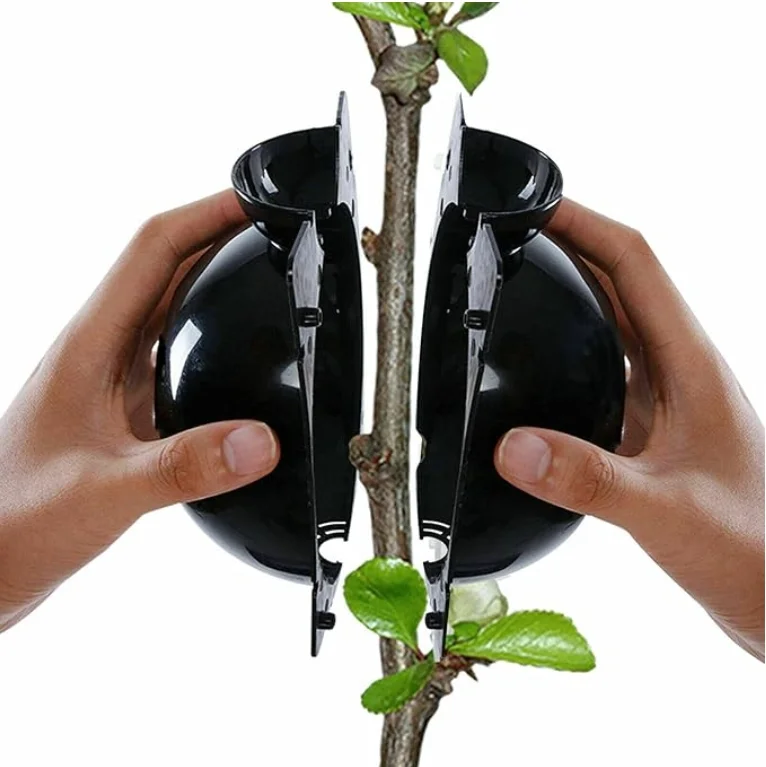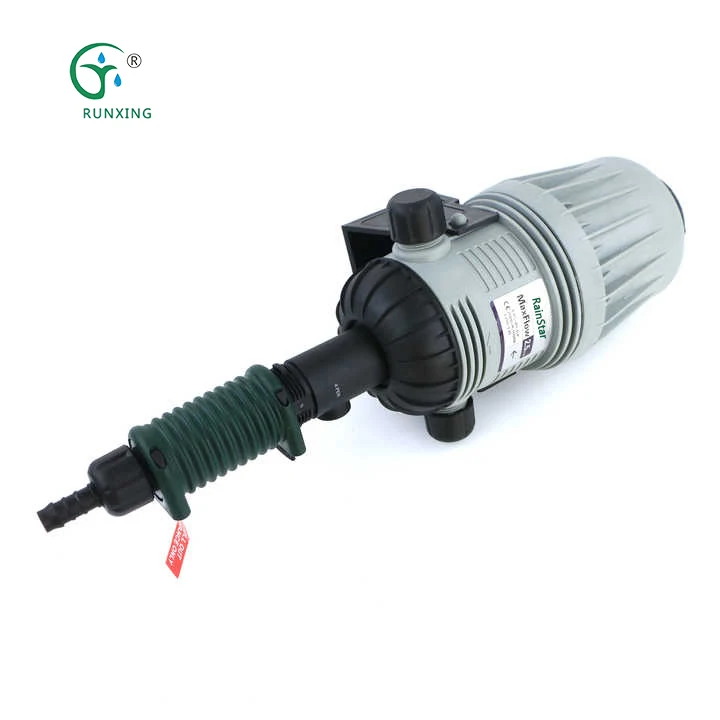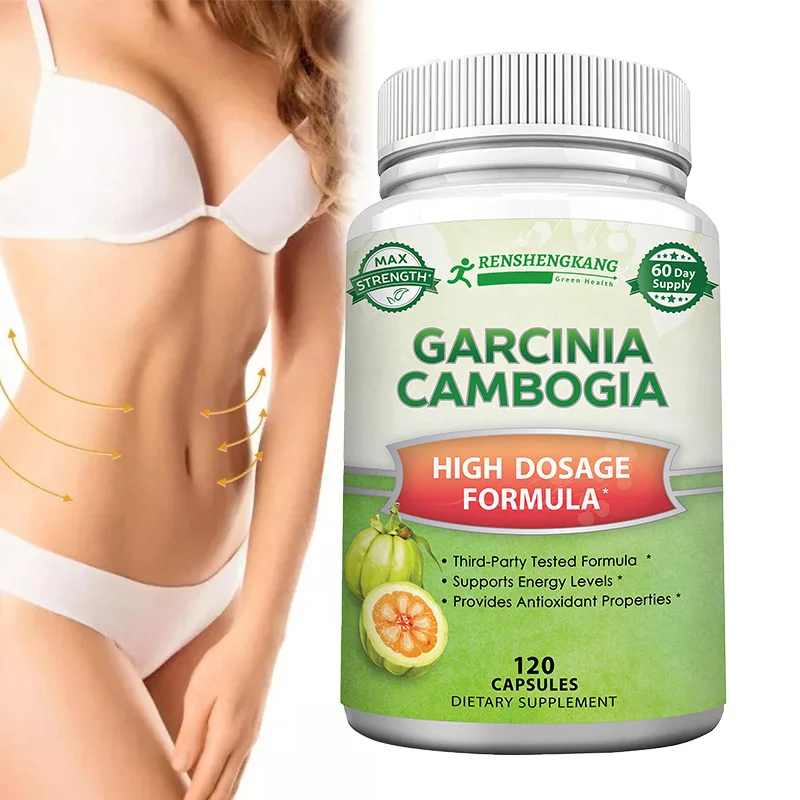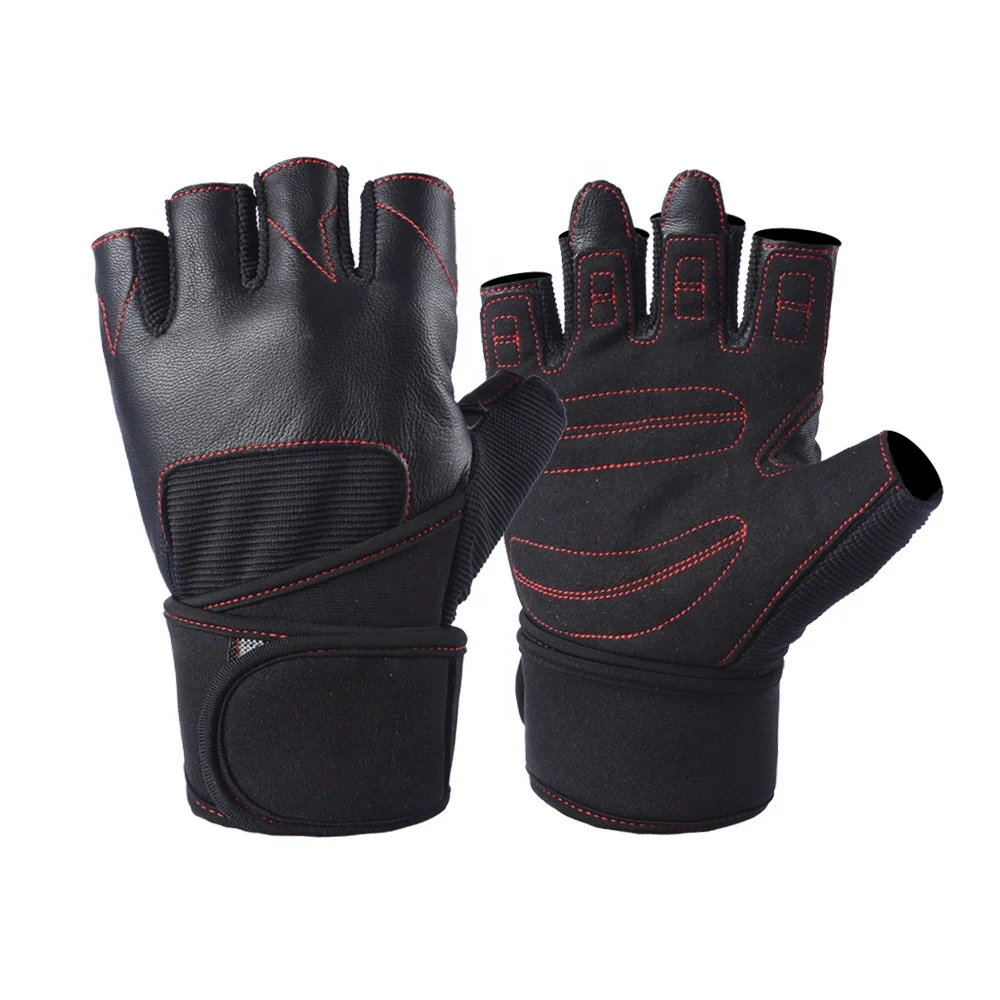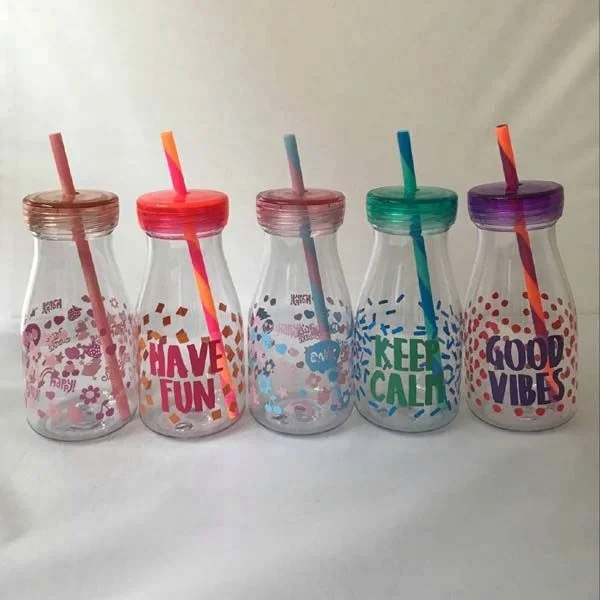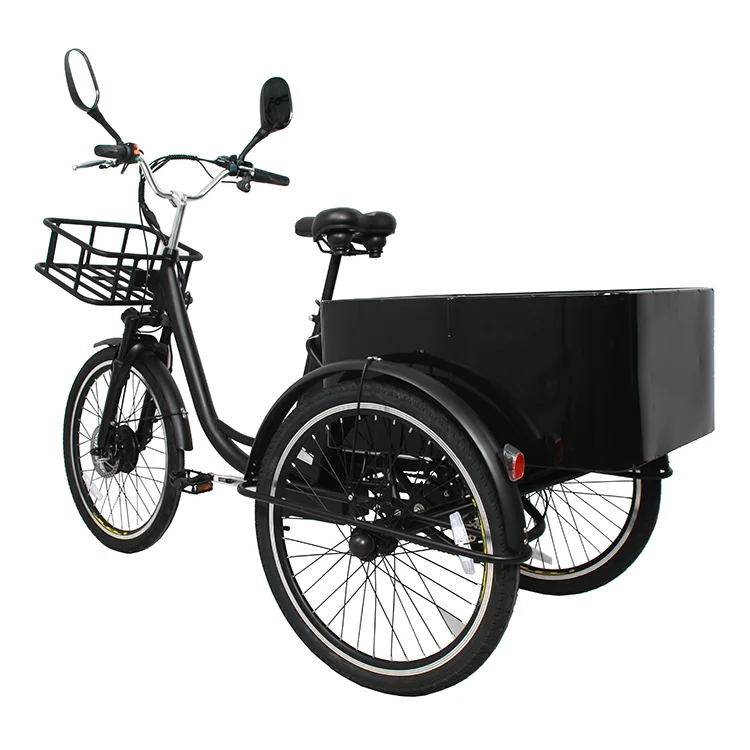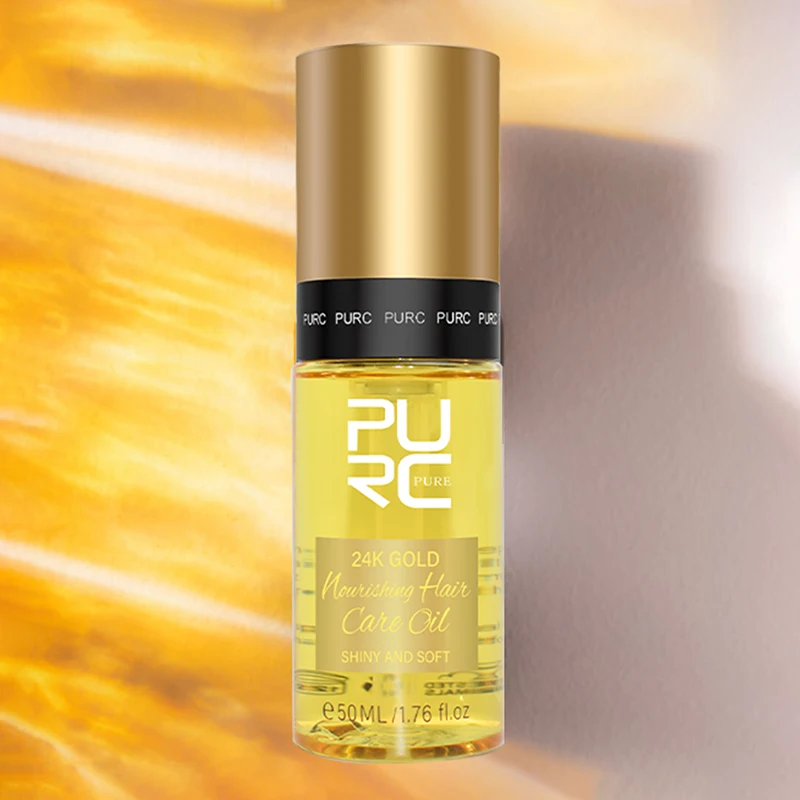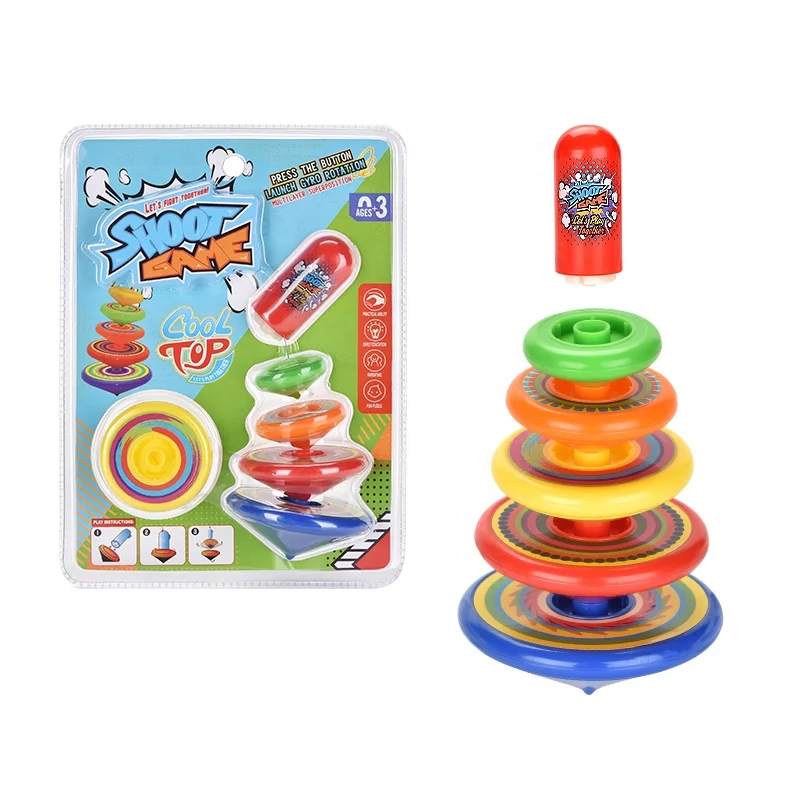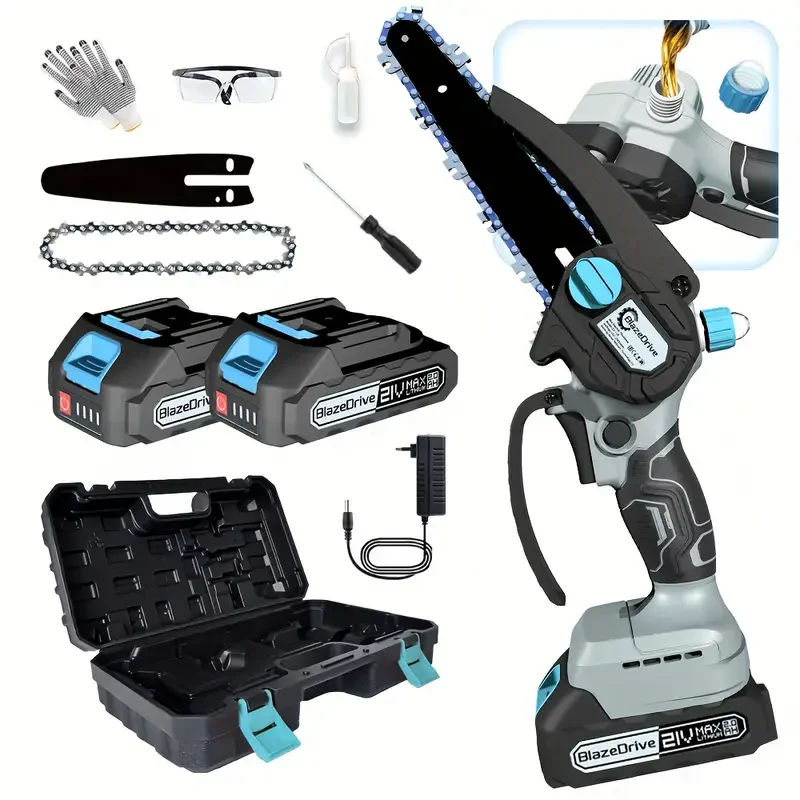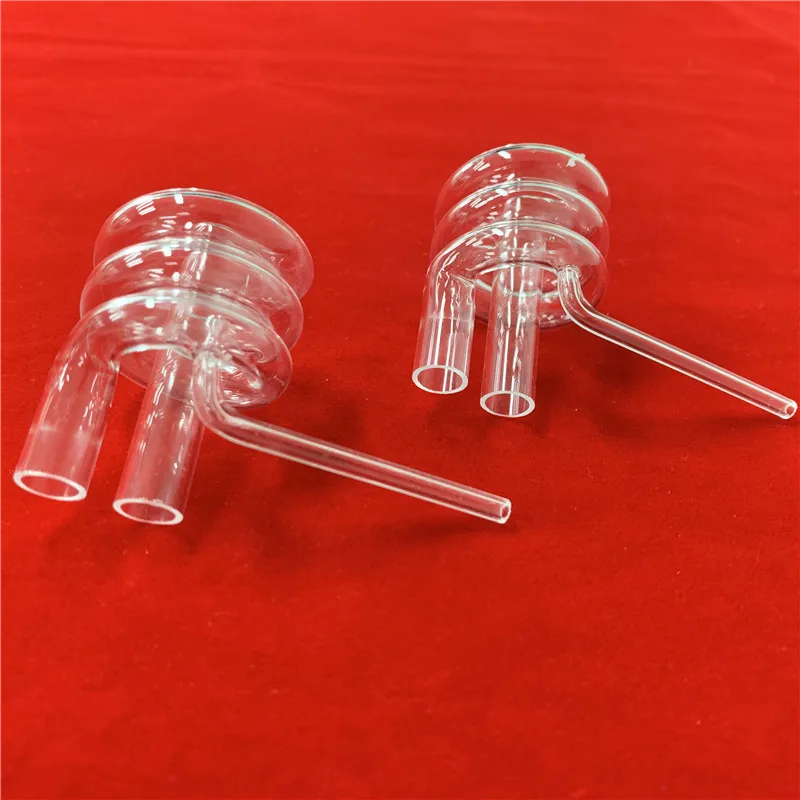drip irrigation 1 hectare agriculture irrigation system hose full kits drip tape system farming irrigation 22 hectares 1ha
- Category: >>>
- Supplier: Juancheng County Yibiyuan Water-Saving Equipment Technology Co. Ltd.Juancheng Ltd.
Share on (1601283217571):
Product Overview
Description
Products Description
Drip tape irrigation
Drip irrigation is an efficient and economical way to water your yard and garden. Used commonly in drier areas of the country,
drip irrigation is becoming more popular in the Northeast. Unlike other forms of irrigation, such as sprinklers that are only
65-75% efficient, drip irrigation 90% efficient at allowing plants to use the water applied. And, it reduces runoff and
evaporation. Drip irrigation applies the water slowly at the plant root zone where it is needed most.
Drip irrigation has more commonly been used in commercial nursery and farm operations, however, homeowners are beginning to take
advantage of its uses and benefits. As a homeowner, you can use drip irrigation in your vegetable and perennial gardens, and to
water trees and shrubs.
Benefits of Drip Irrigation
Drip irrigation involves placing tubing with emitters on the ground along side the plants. The emitters slowly drip water into the
soil at the root zone. Because moisture levels are kept at an optimal range, plant productivity and quality improve. In addition,
drip irrigation:
* Prevents disease by minimizing water contact with the leaves, stems, and fruit of plants.
* Allows the rows between plants to remain dry, improving access and reducing weed growth.
* Saves time, money, and water because the system is so efficient.
* Decreases labor.
* Increases effectiveness on uneven ground.
* Reduces leaching of water and nutrients below the root zone.
Drip Irrigation System Design and Components
The main components of a drip irrigation system (see graphic below) include the mainline, valve, sub-main, backflow preventer,
pressure regulator, filter, tubing adapters and fittings, drip tubing, emitters, and end caps. The mainline is the pipe that runs
from the water source – typically your outdoor faucet – to the valve; and the sub-main runs from the valve to the point where the
drip tubing is connected. Generally, sub-mains are used only when there are multiple lines of drip tubing and zones feeding off of
the same mainline water source. The combined length of the mainline and sub-main should not exceed 400 feet.
The valve controls water flow into the system and can be set for either automatic or manual control. Backflow preventers are
necessary to ensure that irrigation water doesn’t flow back into the pipes and contaminate your main water source.
Pressure regulators are needed if the water pressure is over 40 pounds per square inch. If you do not know your water pressure it
is a good idea to install one just in case.
Filters keep dissolved substances in your water from clogging the emitters over time. Install filters either at the emitters or at
the water source to protect both the valve and pressure regulator in addition to the emitters. It is best if the filter has at
least a 150 mesh screen or higher.
Tubing adapters and fittings are used to attach the drip tubing to the rest of the system. It is important that these are the
right size for the tubing to prevent them from blowing apart under pressure.
Drip Tubing and Emitters
Drip tubing is a polyethylene tube with emitters placed along the plants. The emitters release the water from the drip tubing.
Drip tubing and emitters come in various types and diameters depending on your needs. The length of a single drip tube should not
exceed 200 feet from the point where water enters the tube. You will need to stake the tubing to keep it from moving. As a rule,
don’t bury the drip tubing and emitters, even if they are designed to be. This helps to prevent clogging and rodent damage.
Emitter Spacing and Design
Emitters can be spaced evenly for row crops, and this design is known as an emitter hose. Emitters can also be spaced
intermittently for plants spaced further apart, such as trees, shrubs and perennials. With an emitter hose, the emitters will
generally be spaced about 18 inches apart. When watering trees and shrubs, there should generally be two emitters per plant.
Emitters typically have a flow rate of 1 gallon per hour, though a flow rate of ½ gallon per hour may be better for maximum
efficiency. The end cap is placed at the end of the drip tubing to prevent water running out the end.
Basic Operation and Maintenance
Drip irrigation can be set to run automatically, like sprinklers, or controlled manually. Manual operation allows you to take
advantage of rainfall before applying unnecessary water. For more information on proper watering, see Water Wisely.
Because small amounts of water are applied slowly, drip irrigation is designed to run daily unless it rains. How long to run the
drip irrigation system will depend on how much water plants require per day and the emitters’ flow rate. Water is applied either
once or twice a day. Early morning is the best time to water because there will be less evaporation. Watering in the evening
increases plant disease.
Check filters and emitters on a regular basis to ensure they are functioning properly and not clogged. To prevent winter damage,
take up the drip irrigation system at the end of each gardening season.
Most suppliers/manufacturers of drip irrigation systems will provide specific design, installation, operation, and maintenance
specifications and guidelines that should be carefully followed.
The cost of a drip irrigation system will vary depending on the size of the area to be irrigated and the type of emitters and
tubing used. However, regardless of the size of the area being irrigated there is an initial upfront cost for standard items such
as the valve, pressure regulator, and backflow preventer.
drip irrigation is becoming more popular in the Northeast. Unlike other forms of irrigation, such as sprinklers that are only
65-75% efficient, drip irrigation 90% efficient at allowing plants to use the water applied. And, it reduces runoff and
evaporation. Drip irrigation applies the water slowly at the plant root zone where it is needed most.
Drip irrigation has more commonly been used in commercial nursery and farm operations, however, homeowners are beginning to take
advantage of its uses and benefits. As a homeowner, you can use drip irrigation in your vegetable and perennial gardens, and to
water trees and shrubs.
Benefits of Drip Irrigation
Drip irrigation involves placing tubing with emitters on the ground along side the plants. The emitters slowly drip water into the
soil at the root zone. Because moisture levels are kept at an optimal range, plant productivity and quality improve. In addition,
drip irrigation:
* Prevents disease by minimizing water contact with the leaves, stems, and fruit of plants.
* Allows the rows between plants to remain dry, improving access and reducing weed growth.
* Saves time, money, and water because the system is so efficient.
* Decreases labor.
* Increases effectiveness on uneven ground.
* Reduces leaching of water and nutrients below the root zone.
Drip Irrigation System Design and Components
The main components of a drip irrigation system (see graphic below) include the mainline, valve, sub-main, backflow preventer,
pressure regulator, filter, tubing adapters and fittings, drip tubing, emitters, and end caps. The mainline is the pipe that runs
from the water source – typically your outdoor faucet – to the valve; and the sub-main runs from the valve to the point where the
drip tubing is connected. Generally, sub-mains are used only when there are multiple lines of drip tubing and zones feeding off of
the same mainline water source. The combined length of the mainline and sub-main should not exceed 400 feet.
The valve controls water flow into the system and can be set for either automatic or manual control. Backflow preventers are
necessary to ensure that irrigation water doesn’t flow back into the pipes and contaminate your main water source.
Pressure regulators are needed if the water pressure is over 40 pounds per square inch. If you do not know your water pressure it
is a good idea to install one just in case.
Filters keep dissolved substances in your water from clogging the emitters over time. Install filters either at the emitters or at
the water source to protect both the valve and pressure regulator in addition to the emitters. It is best if the filter has at
least a 150 mesh screen or higher.
Tubing adapters and fittings are used to attach the drip tubing to the rest of the system. It is important that these are the
right size for the tubing to prevent them from blowing apart under pressure.
Drip Tubing and Emitters
Drip tubing is a polyethylene tube with emitters placed along the plants. The emitters release the water from the drip tubing.
Drip tubing and emitters come in various types and diameters depending on your needs. The length of a single drip tube should not
exceed 200 feet from the point where water enters the tube. You will need to stake the tubing to keep it from moving. As a rule,
don’t bury the drip tubing and emitters, even if they are designed to be. This helps to prevent clogging and rodent damage.
Emitter Spacing and Design
Emitters can be spaced evenly for row crops, and this design is known as an emitter hose. Emitters can also be spaced
intermittently for plants spaced further apart, such as trees, shrubs and perennials. With an emitter hose, the emitters will
generally be spaced about 18 inches apart. When watering trees and shrubs, there should generally be two emitters per plant.
Emitters typically have a flow rate of 1 gallon per hour, though a flow rate of ½ gallon per hour may be better for maximum
efficiency. The end cap is placed at the end of the drip tubing to prevent water running out the end.
Basic Operation and Maintenance
Drip irrigation can be set to run automatically, like sprinklers, or controlled manually. Manual operation allows you to take
advantage of rainfall before applying unnecessary water. For more information on proper watering, see Water Wisely.
Because small amounts of water are applied slowly, drip irrigation is designed to run daily unless it rains. How long to run the
drip irrigation system will depend on how much water plants require per day and the emitters’ flow rate. Water is applied either
once or twice a day. Early morning is the best time to water because there will be less evaporation. Watering in the evening
increases plant disease.
Check filters and emitters on a regular basis to ensure they are functioning properly and not clogged. To prevent winter damage,
take up the drip irrigation system at the end of each gardening season.
Most suppliers/manufacturers of drip irrigation systems will provide specific design, installation, operation, and maintenance
specifications and guidelines that should be carefully followed.
The cost of a drip irrigation system will vary depending on the size of the area to be irrigated and the type of emitters and
tubing used. However, regardless of the size of the area being irrigated there is an initial upfront cost for standard items such
as the valve, pressure regulator, and backflow preventer.
Avoiding water-waste
Reducing run-off and leaching
Reducing evaporation enabling reuse of wastewater
Reducing run-off and leaching
Reducing evaporation enabling reuse of wastewater
Diameter (mm) | Wall Thickness (mm) | Spacing (mm) | Roll Weight (kg) | Roll Length (m) |
16 | 300 | 19.0 | 2000 | |
16 | 0.18 | 200 | 19.6 | 2000 |
16 | 0.18 | 150 | 15 | 1500 |
16 | 0.18 | 100 | 16.2 | 1500 |
300 | 22.2 | 1500 | ||
16 | 0.30 | 200 | 23.0 | 1500 |
16 | 0.30 | 150 | 15.5 | 1000 |
16 | 0.30 | 100 | 16.5 | 1000 |
300 | 15.3 | 800 | ||||||
16 | 0.40 | 200 | 15.7 | 800 | ||||
16 | 0.40 | 150 | 16.0 | 800 | ||||
16 | 0.40 | 100 | 16.7 | 800 | ||||
Drip tape can be installed easily either above or below ground. It is designed for use in vegetable gardens, narrow rows of vegetation, and for row crops. Most often, a vegetable garden or vegetable crops are planted in parallel rows. This makes the layout of a drip tape very easy.
To successfully use drip tape for seed germination, the soil type, the drip tape outlet spacing, and the depth and spacing between the drip tape laterals should be determined first. The drip tape must be close enough to the surface and the drip outlets must be in close enough spacing to germinate the seeds. For example, drip tape 4 to 5 inches deep was successfully used to germinate onion seeds in silt loam soil, while drip tape with 12 inch spacing failed to uniformly germinate the same crop.
When using a drip tape system, the right amount of water must be applied. If more water is applied than the plants need, most of the benefits that the drip tape system provides will be negated. The soil will be excessively wet, promoting disease, weed growth, and nitrate leaching.
Drip irrigation is a system where water is pumped from the ground or surface, filtered, amended with nutrients and/or water treatment chemicals, and then delivered directly to the crop root zone through a network of pipelines into different types of emission devices depending on the crop to be watered. Micro-irrigation has typically been used for fruit, nut and vegetables. it has also been used successfully with field crops such as alfalfa, corn and soybeans too.
To successfully use drip tape for seed germination, the soil type, the drip tape outlet spacing, and the depth and spacing between the drip tape laterals should be determined first. The drip tape must be close enough to the surface and the drip outlets must be in close enough spacing to germinate the seeds. For example, drip tape 4 to 5 inches deep was successfully used to germinate onion seeds in silt loam soil, while drip tape with 12 inch spacing failed to uniformly germinate the same crop.
When using a drip tape system, the right amount of water must be applied. If more water is applied than the plants need, most of the benefits that the drip tape system provides will be negated. The soil will be excessively wet, promoting disease, weed growth, and nitrate leaching.
Drip irrigation is a system where water is pumped from the ground or surface, filtered, amended with nutrients and/or water treatment chemicals, and then delivered directly to the crop root zone through a network of pipelines into different types of emission devices depending on the crop to be watered. Micro-irrigation has typically been used for fruit, nut and vegetables. it has also been used successfully with field crops such as alfalfa, corn and soybeans too.
Recommend Products

Company Profile





FAQ
Q1: How to buy the product?
A: Contact with us by email or by Trade Manager, and inform us all information which you want, or tell us which kind of products you want? will contact you immediately, or we could recommend style to you.
Q2: Whether my own customized products can be made?
A: Sure, we are glad to receive your customized order. Such as print your logo on the products or package will be well accepted.we have our own design team
Q3: Can i get samples before order?
A: Yes, we could offer the sample for free charge, you need bear the freight cost. Within 3 days will be sent out.
A: Contact with us by email or by Trade Manager, and inform us all information which you want, or tell us which kind of products you want? will contact you immediately, or we could recommend style to you.
Q2: Whether my own customized products can be made?
A: Sure, we are glad to receive your customized order. Such as print your logo on the products or package will be well accepted.we have our own design team
Q3: Can i get samples before order?
A: Yes, we could offer the sample for free charge, you need bear the freight cost. Within 3 days will be sent out.
Q4: How to solve the quality problem after received the goods.
A: Send the product photos/video to us by email, or send a sample of it to us by express.
Once the problem has been confirmed, we will give you a satisfied solution
A: Send the product photos/video to us by email, or send a sample of it to us by express.
Once the problem has been confirmed, we will give you a satisfied solution
We Recommend
New Arrivals
New products from manufacturers at wholesale prices
